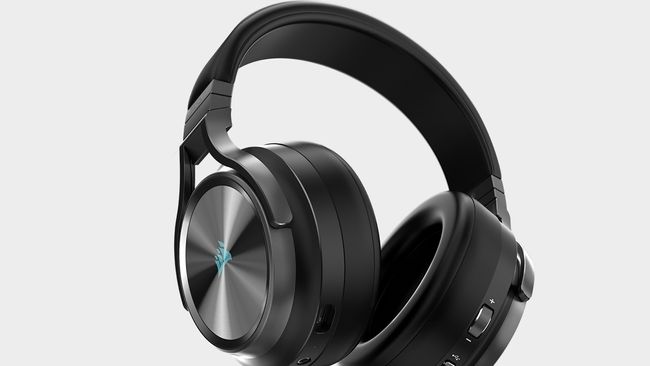

- #BEST WIRELESS GAMING HEADSET 2016 PC DRIVERS#
- #BEST WIRELESS GAMING HEADSET 2016 PC PRO#
- #BEST WIRELESS GAMING HEADSET 2016 PC SOFTWARE#
- #BEST WIRELESS GAMING HEADSET 2016 PC PS4#

#BEST WIRELESS GAMING HEADSET 2016 PC DRIVERS#
Similarly, Logitech has its 50mm Pro-G drivers, and HyperX offers 50mm drivers on its mid-range headsets. But competitors have moved to newer drivers this year: Razer put its 50mm Triforce Titanium drivers in the new BlackShark line. When it first launched, the Arctis line boasted strong audio compared to other gaming headsets.
#BEST WIRELESS GAMING HEADSET 2016 PC PRO#
The Arctis 9 Wireless carries the same 40mm neodymium drivers you'll find in the Arctis 9X, Arctis Pro and Arctis Pro Wireless. SteelSeries rates the Arctis 9 Wireless to maintain its cable-free connection from up to 40 feet (12.2m), and I didn't have any problems with the connection, being able to walk around my entire apartment with nary a crackle or connection drop. This is a wireless-only headset, pure and simple. Hooking the cable to a PC without the dongle does see the headset come up in Device Manager, but not for audio purposes. The USB cable included in the box is purely for charging purposes. I also used the wireless cans with a PlayStation 5, and true to SteelSeries' claims, the Arctis 9 works with the console.

#BEST WIRELESS GAMING HEADSET 2016 PC PS4#
Moving the dongle over to my PlayStation 4 and changing the switch was equally easy, and the PS4 saw the headset immediately.
#BEST WIRELESS GAMING HEADSET 2016 PC SOFTWARE#
I plugged it into my PC and was off to the races, no software installation required. The Arctis 9 comes paired with the wireless dongle out of the box, making the unit mostly plug-and-play. The dongle has a 3.4-foot USB Type-A cable, and the bottom of the unit has a PC/PlayStation switch and a pairing button. The wireless dongle is actually a wired one instead of the USB drive-style dongle in most other wireless headsets. It blinks blue when connected to Bluetooth, and alternates when both connections are active. When connected to the wireless dongle in PC mode, it blinks white. There's an LED indicator in-between the power and Bluetooth buttons. Another good choice for SteelSeries here. Many manufacturers put the mic mute button on the same ear cup as the microphone, but I find that means that hitting the button puts an audible pop or click in your recording putting it on the other ear cup minimizes that. On the right ear cup, you'll find most of the controls: a volume roller, microphone mute switch, power button, Bluetooth button, Micro USB slot for charging and 3.5mm jack. Finally, the ear cup also includes a ChatMix roller to change the mix between chat audio and game audio. The microphone also has a red LED to let you know when it's muted. That's much better than a hard microphone arm or a detachable option that you can lose. This has always been one of the better choices from the Arctis line, as you can safely stow the mic inside the ear cup when you don't need it. The left ear cup contains the retractable microphone. I could hear the typing on my clicky mechanical keyboard during slight lulls in my music, for example. I was able to hear outside noise while wearing the headset. Alternatively, leatherette here can often help block outside noise, and our review focus’ passive noise cancellation is weak. SteelSeries’ Airweave cloth, which is supposed to take sweat into account, covers the ear cups’ light foam. Despite some headsets being trimmer, the Arctis 9 Wireless felt weightless on my head. Logitech’s G Pro X Lightspeed, meanwhile, is also 0.7 pounds, and the Asus ROG Strix Go 2.4 is even lighter at 0.6 pounds. That’s a little heavier than some headsets I've recently reviewed, like the 0.7-pound wireless BlackShark V2 Pro. The Arctis 9 Wireless, as well as the wireless SteelSeries Arctis 7, is 0.8 pounds. Once it's on your head though, you'll barely feel the weight of it.


 0 kommentar(er)
0 kommentar(er)
